http://www2.bgfl.org/bgfl2/custom/resources_ftp/client_ftp/ks2/science/plants_pt2/
Try out this everyone and you will be more understand about the life cycle of PLANT! =D
Friday 25 November 2011
Tuesday 8 November 2011
Simple quiz!
Question Excerpt From Science Quiz - Year 4
| Q.1) |  Which of these animals does NOT have a skeleton? |
| A. |
| B. |
| C. |
| D. |
| Q.2) | 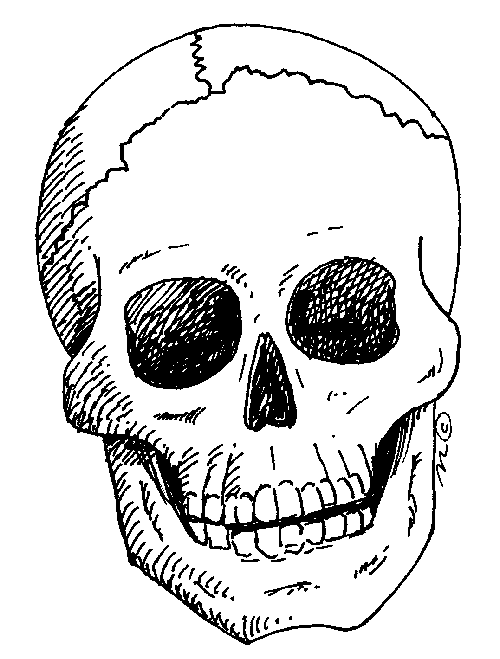 What does your skull protect? |
| A. |
| B. |
| C. |
| Q.3) | 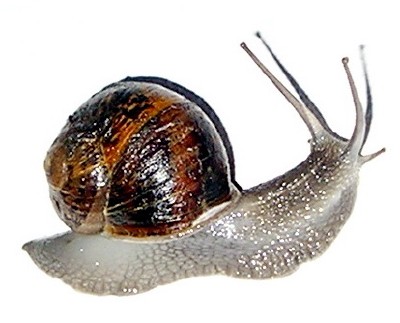 Does a snail have a backbone? |
| A. |
| B. |
| Q.4) |  Does a frog have a backbone? |
| A. |
| B. |
| Q.5) |  Your skeleton helps you to move. What else helps you to move? |
| A. |
| B. |
| C. |
| Q.6) | 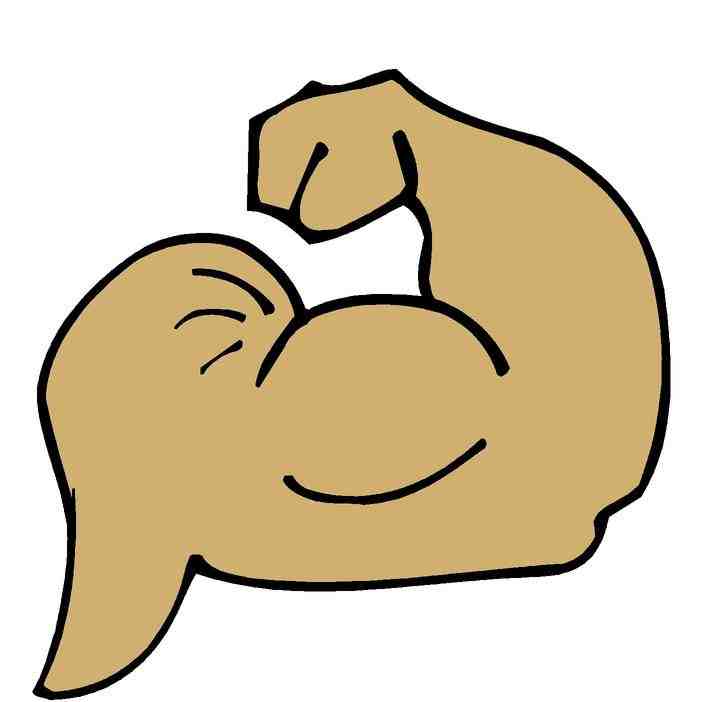 Muscles work: |
| A. |
| B. |
| C. |
| Q.7) | 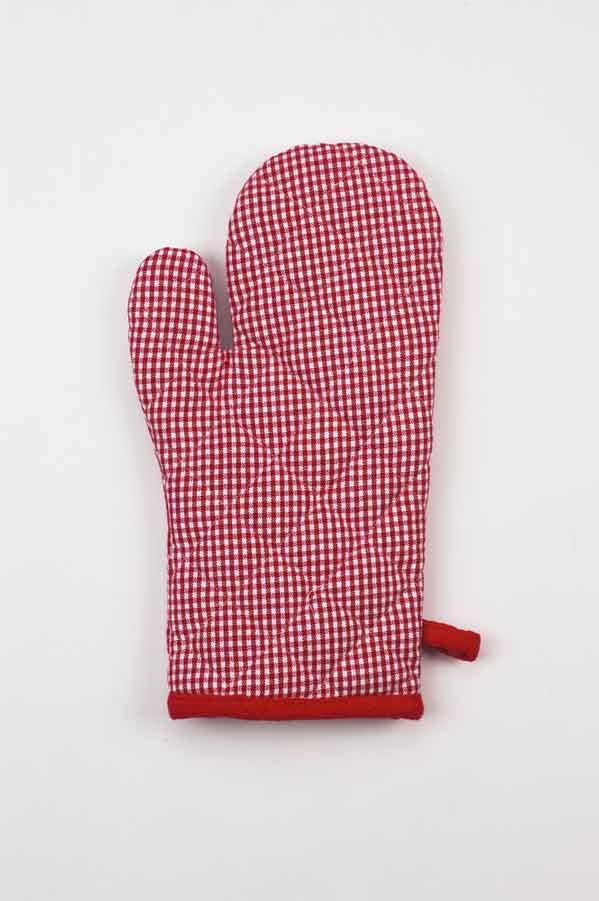 Which 2 of these materials does NOT let heat through? (2 answers) |
| A. |
| B. |
| C. |
| Q.8) | 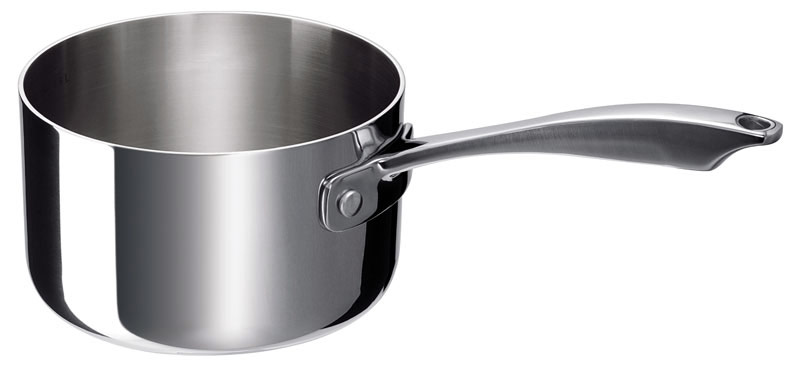 Which of these is a good thermal conductor? |
| A. |
| B. |
| C. |
| Q.9) | 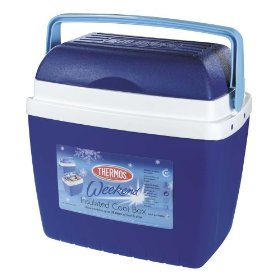 A thermal conductor cannot... |
| A. |
| B. |
| C. |
| Q.10) | 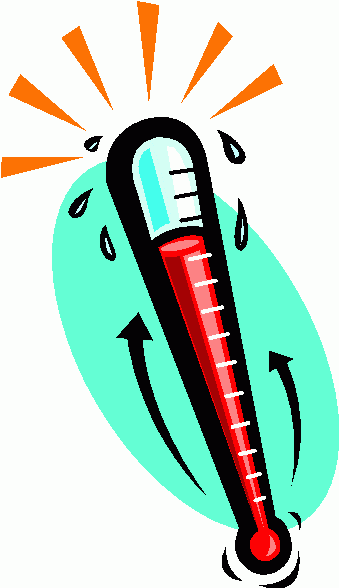 How do you measure temperature? |
| A. |
| B. |
| C. |
| Q.11) | 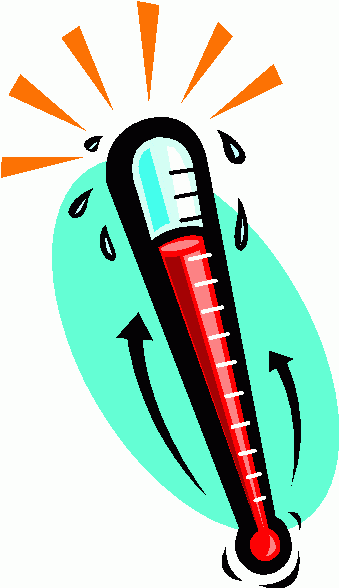 If something is -20 degrees Celsius is it? |
| A. |
| B. |
| Q.12) | 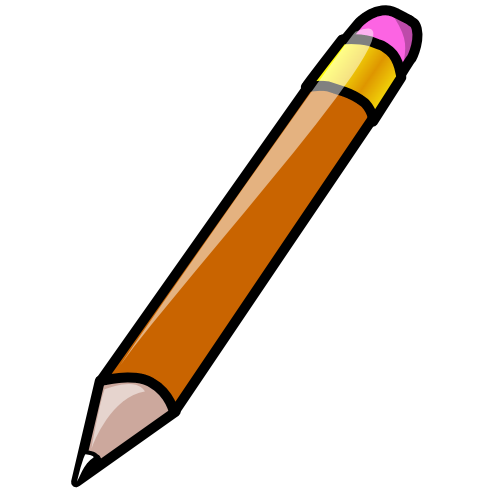 Which one of these is a liquid? |
| A. |
| B. |
| C. |
| Q.13) |  Which one of these is a solid? |
| A. |
| B. |
| C. |
| Q.14) | 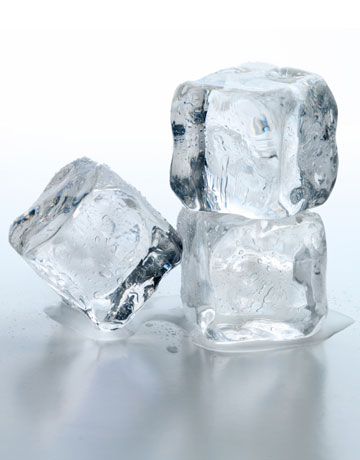 What is the process called to turn an ice cube into liquid water? (Solid to a liquid) |
| A. |
| B. |
| C. |
| Q.15) | 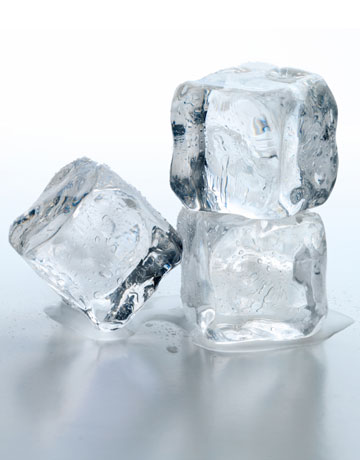 What is the process called to turn water into an ice cube (liquid to a solid)? |
| A. |
| B. |
| C. |
| Q.16) | 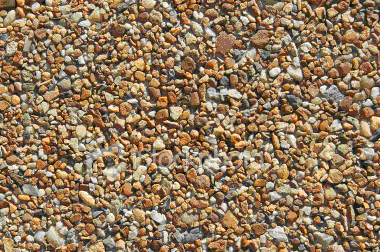 How can I separate the stones in my soil? |
| A. |
| B. |
| Q.17) |  Which of these materials CANNOT dissolve into water? |
| A. |
| B. |
| C. |
Thursday 3 November 2011
Compass-use of magnet!
The needle of compass is always points to the north!
The old compass used by sailors!
Wherever you are standing on the planet, if you hold a compass in your hand it will always point to the North Pole. This is a pretty amazing fact! Imagine you were lost in a big park. How would you know which way to go? A compass would help you to find your way.
What is a compass?
A compass is a very simple device. It is really just a magnet. Have you ever seen a compass? It usually looks a little bit like a watch. Instead of showing the hours of the day though, a compass dial shows the four directions - north, south, east and west.The magnet in a compass is usually called a needle. The needle always points north.
Using a compass
Imagine again that you are lost in a big park, but this time you have a compass! You know the way back to your mum's car is north, how would you use the compass to go in the right direction?You need to hold the compass flat and steady. Don't shake it around or it won't work. When the needle settles it will be pointing to the north. Turn your body around until the needle is lined up with where it says north on the compass dial - that way is north.
The best thing to do now is to pick out a big tree that is in that direction and walk that way keeping your eye on the tree. You will soon be back with your family!
Compasses are another way that magnets are very useful! =)
Experiment to know what do magnet attract
It is interesting to experiment with magnets and find out what objects move towards them and which ones don't. Some people believe that all metals are attracted to magnets. This is not true. Have you ever used a magnet and put it close to a brass key? There will be no magnetic attraction between the key and the magnet.
Testing out what things are attracted to magnets can be fun and surprising. If you are lucky your teacher may even set up a science experiment with magnets. When starting a science experiment it is important to write down what you think is going to happen. What you predict will happen is called your hypothesis.
Some good things to test are wood, water, paper clips, nails, plastic rulers, elastic bands, batteries and paper. Can you think what will happen when the magnet comes near each object? Write down what you think will happen.
Testing out what things are attracted to magnets can be fun and surprising. If you are lucky your teacher may even set up a science experiment with magnets. When starting a science experiment it is important to write down what you think is going to happen. What you predict will happen is called your hypothesis.
Science experiment - what objects are attracted to magnets?
For this experiment the first thing needed is a magnet. A bar magnet is the best type of magnet for doing this experiment. After you have a magnet, the next step is to find a number of different materials for testing. There are no rules on what objects should be tested and what should not. You can test anything you are curious about.Some good things to test are wood, water, paper clips, nails, plastic rulers, elastic bands, batteries and paper. Can you think what will happen when the magnet comes near each object? Write down what you think will happen.
Results
- Wood will show absolutely no attraction to the magnet.
- Water will show no attraction to the magnet. Water will be slightly repelled by the magnet.
- Paper clips will move towards the bar magnet. When the paper clips are placed close enough to the magnet, they will slide towards it, attaching themselves to the magnet.
- An iron nail will also be attracted to the magnet.
- The plastic ruler will not be attracted to the magnet.
- An elastic band will not be attracted to the magnet.
- The battery will be attracted to the magnet.
- Paper will not be attracted to the magnet
Magnet
A magnet is an object that has a magnetic field. A magnetic field is basically a field where unlike poles attract each other and like poles repel each other. A magnet has two ends: a North end and a South end. The end that points north is called the north pole of the magnet and the end that points south is called the south pole of the magnet.
Enjoy reading! =)
Attraction and repulsion
Unlike poles attract each other. This means that the north pole of one magnet will be attracted to the south pole of another magnet. The north pole of one magnet will repel the north pole of another magnet.Magnets attract metallic objects like pieces of iron and steel.Today, magnets are made in various shapes and sizes depending on their use. One of the most common magnets is the bar magnet. A bar magnet is a long, rectangular-shaped magnet that attracts metallic objects.Magnets can be grouped into permanent magnets and temporary magnets.Permanent magnet
A permanent magnet is the most common type of magnet. You probably have a permanent magnet at home. A fridge magnet is an example of a permanent magnet. A permanent magnet keeps its magnetism for a long time. It is a very strong magnet.Permanent magnets can be made into all sorts of different shapes and sizes. They can be made into horseshoes, donuts, rings, rectangles and round bars.Temporary magnets
A temporary magnet is not as strong as a permanent magnet. A temporary magnet will only behave like a permanent magnet when it is in a strong magnetic field. When the magnetic field disappears, the temporary magnet loses its strength. Some examples of temporary magnets include paper clips and iron nails.Enjoy reading! =)
Subscribe to:
Posts (Atom)

